Xīn Nián Kuài Lè!
Happy Chinese New Year to you all!
Chinese New Year is also known as the Spring Festival or Chun jie. There is nothing more exciting or anticipated in China than the New Year celebrations with all of their traditions and activities! It’s an important familiar and societal tradition to reflect upon the past year and welcome the new one. I’m spending my first Chinese New Year in China and the experience has been unrivaled thus far.
When I was younger I was able to attend a weekend Chinese school. We would celebrate by learning traditional dance and song and perform for family and friends on the eve of New Year’s day. I loved celebrating in this way as well as the food that would come after the performances!
Our small celebration in some ways summarized the celebrations that happen here in China. Chinese New Year in China is all about family, food, and festivities!
This year is the year of the rooster. The Chinese zodiac represents a cycle of 12 years. Every child born in within the year is born “under the sign” of the animal for that cycle year. Each animal is said to have specific traits. I was born in the year of the rooster. But it is apparently bad luck when your animal’s year rolls around!
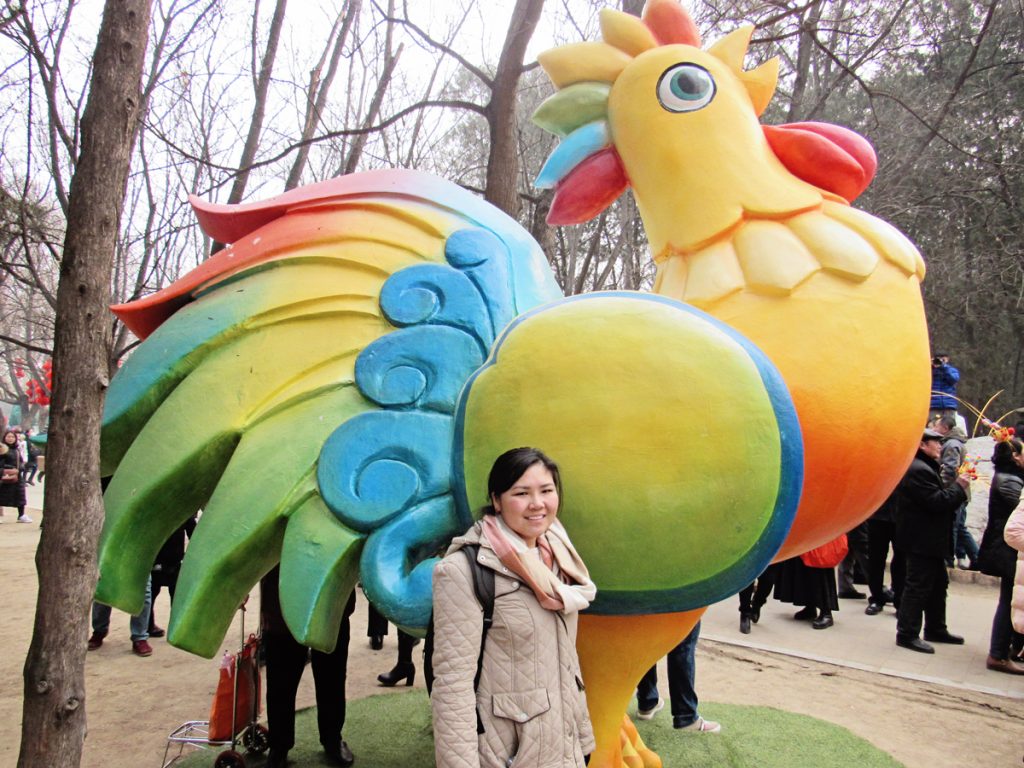
In the days leading up to the New Year’s day, people are busy cleaning and decorating their houses, shopping, and preparing to go home to visit their families or for family to come visit them. Many workers in China work in or near big cities far from their hometowns. Chinese New Year is a joyous occasion to return home to be with loved ones.
Red lanterns are hung to decorate almost everything! Doors of homes and shops are often adorned with door couplets, which are paper signs of good year wishes. There is usually one set on both sides of the door and another near the top.
The Chinese character for “luck” is often painted on a diamond piece of paper and hung as well. It is common to see the sign hanging upside down to symbolize “luck poured out”. Check out our door signs for this year in the picture below. It is also common to see decorations of the animal for the year. We have seen roosters, chickens, and baby chick decorations everywhere!
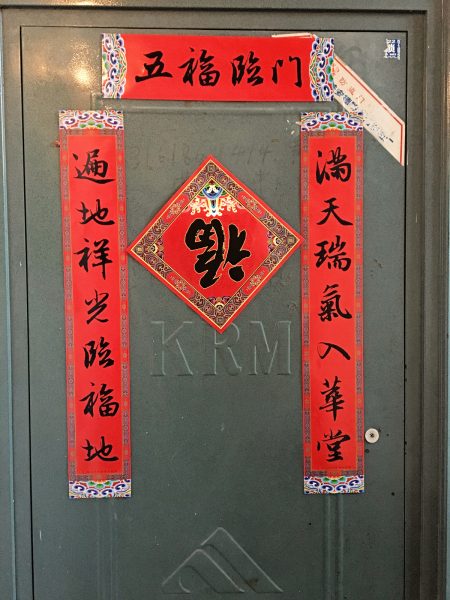
New Year’s Eve is spent with family, preparing the “reunion dinner” usually including Jiao zi (boiled dumplings) and fish. Jiao zi is lucky to eat because they can be made to look like sycee, or Chinese silver ingots once used as currency in Imperial China. Fish is lucky to eat because yu, the word for fish, sounds similar to the word for surplus.
This year, our feast couldn’t fit on our tiny dining table! We had to use the floor. Here is my husband before and after we had finished eating.
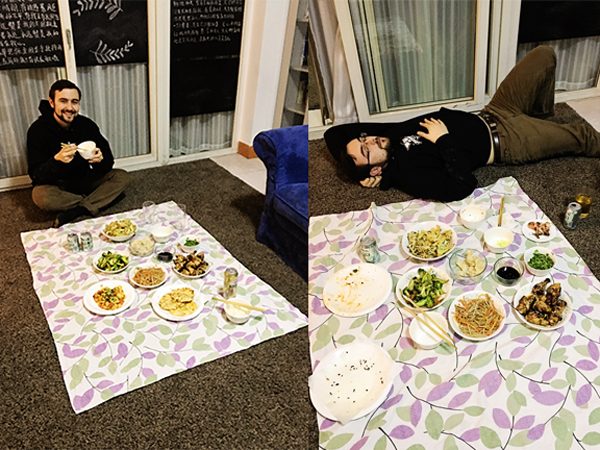
Families and friends often share red envelopes or hong bao with one another containing money. Mostly, they are given to children and retired seniors as gifts.
In Chinese school, we always received our red envelopes after a job well done in our performances.
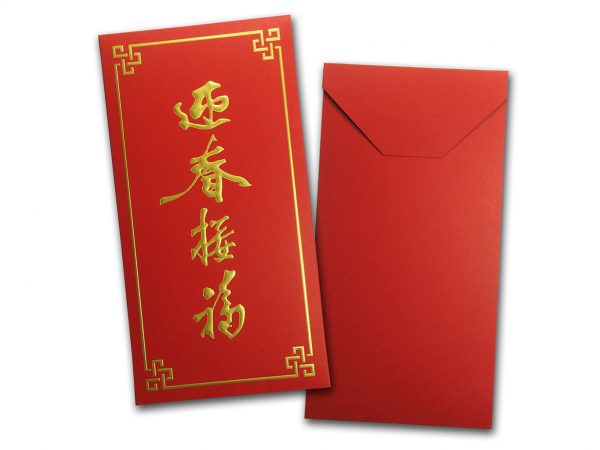
Firecrackers are a noisy but fun way to bring in the New Year. You can see and hear their magnificence almost anywhere on Chinese streets. Firecrackers are set off beginning on New Year’s Eve and then they continue all throughout the festival week!
New Year’s Day is a time for cultural activities. In small villages and rural areas, the activities may be particular to the customs of that area. For example, ancestral worship practices, song and dance, etc. Temple fairs are the most popular cultural public celebration.
The tradition of the temple fairs began when groups of vendors would set up stalls near temples in the hope of attracting the Buddhist and Taoist pilgrims who visited during the New Year to pray.
Temple fairs have since grown and become more secular celebrations for families to look at the decorations, watch performances, and buy food and souvenirs.
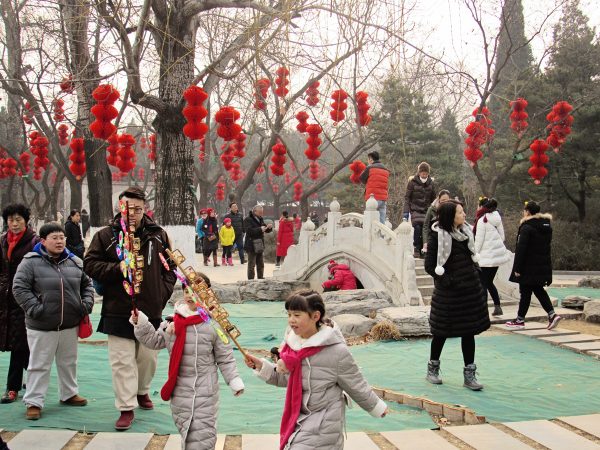
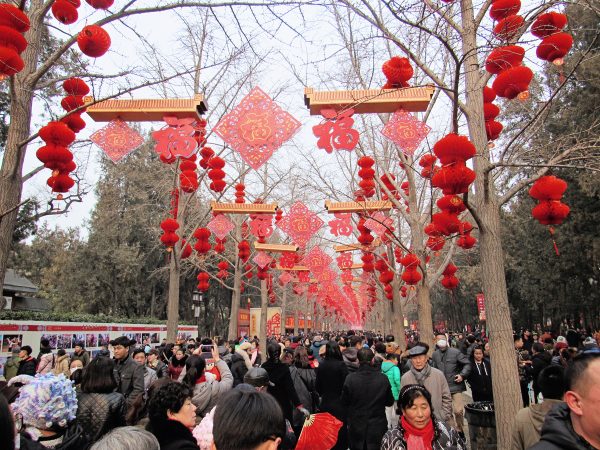
We visited the Ditan temple fair, which is the largest in Beijing. My favorite part of every Chinese New Year is watching all of the traditional performances but specifically the dragon or lion dances. I was lucky enough to catch one today!
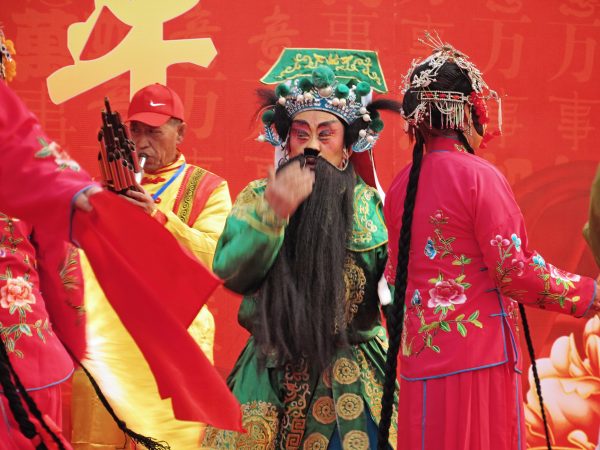
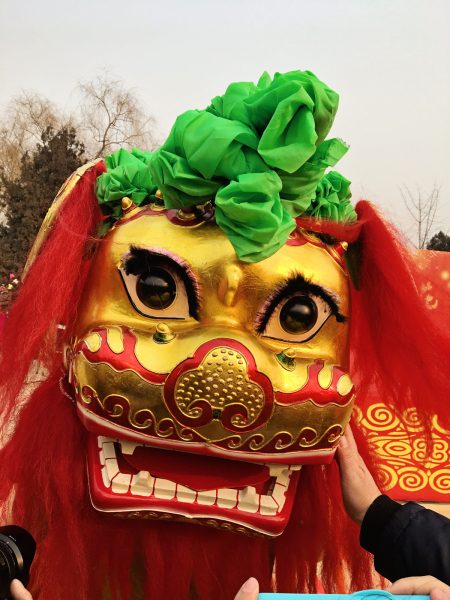
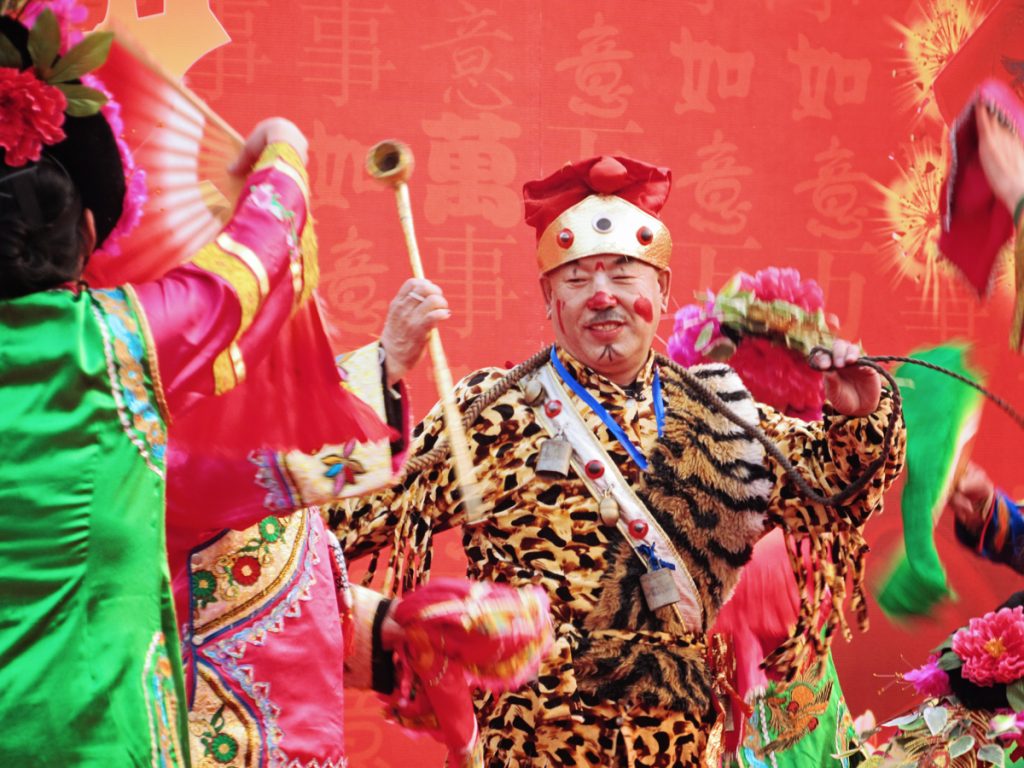
The celebration will continue for the rest of the week here in China. I hope that you will join in the fun of celebrating and learning more about Chinese culture and tradition!
May you and your families be blessed in the New Year!
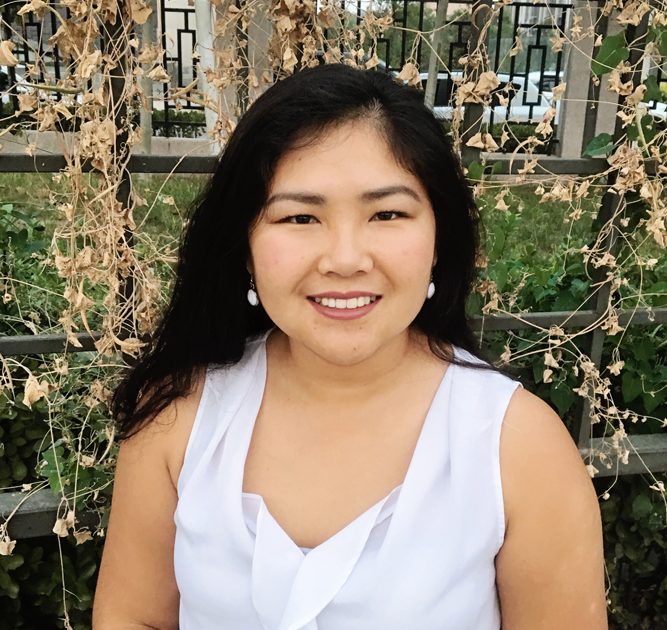
Molly Schmiesing was adopted from Wuhan, China when she was 9 months old by an American couple from Cleveland, Ohio. She is currently living in Bei Jing with her husband Michael. You can read more on her blog, Finding China.

























Leave a Reply